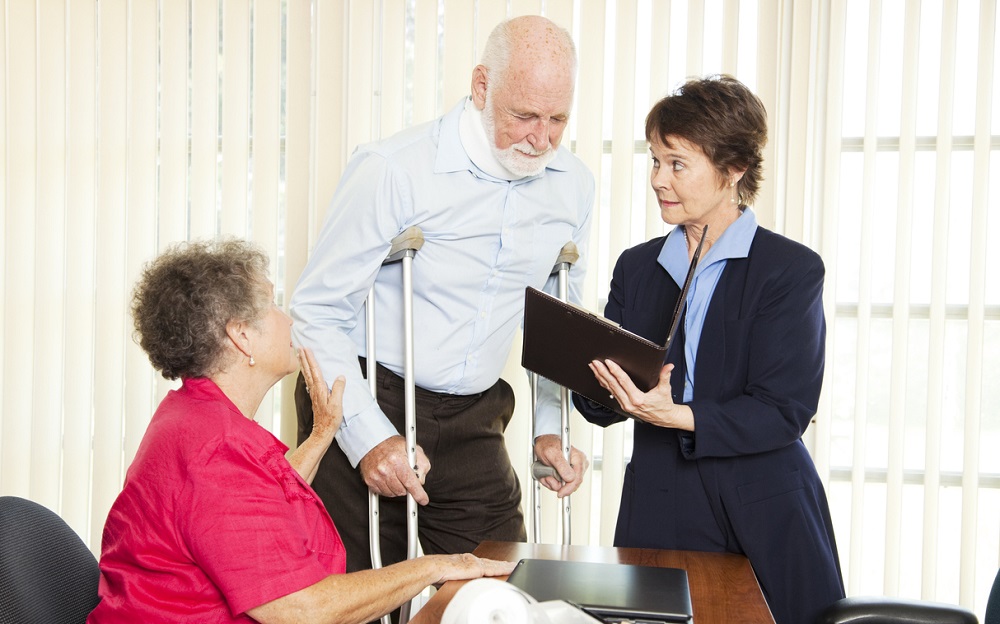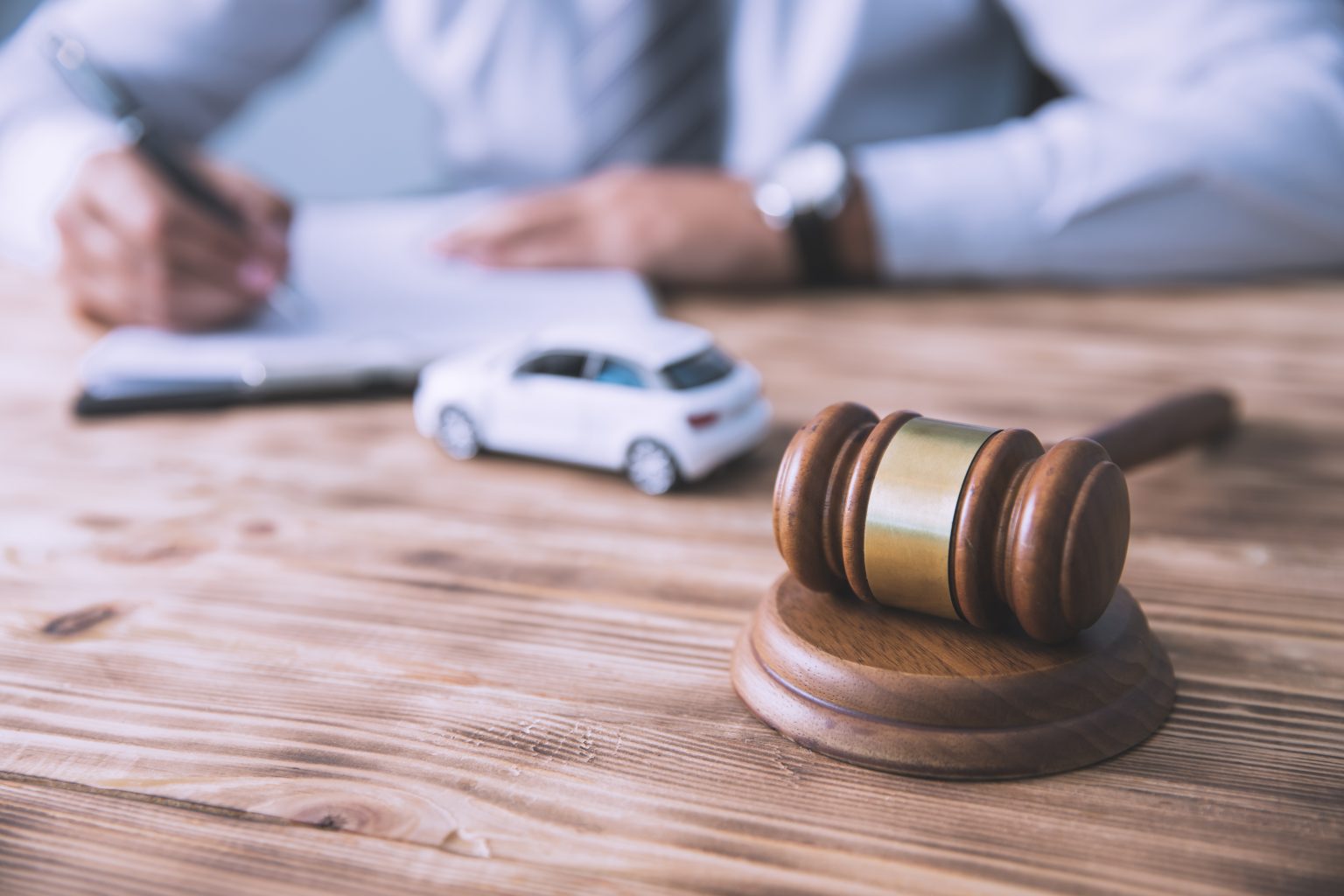Introduction
In a world full of uncertainties, accidents and unforeseen events can sometimes result in devastating consequences, leaving families to cope with the loss of a loved one. The emotional and financial toll that a wrongful death can take on a family is immeasurable. This is where injury lawyers step in, serving as a beacon of hope for those seeking justice for their families. With over a decade of experience, this article delves into the critical role of injury lawyers in wrongful death cases and how they tirelessly work to seek justice for families in their darkest hours.
Understanding Wrongful Death
A wrongful death occurs when a person loses their life due to the negligence, recklessness, or intentional misconduct of another party. This tragic event can take place in various circumstances, such as car accidents, medical malpractice, workplace accidents, or even defective products. When a wrongful death happens, it impacts not only the deceased individual but also their surviving family members. The grief, emotional trauma, and financial instability that follow can be overwhelming.
The Role of Injury Lawyers
In these challenging times, injury lawyers, with their expertise and commitment, become a vital source of support for grieving families. Their primary role is to investigate the circumstances surrounding the wrongful death and seek justice on behalf of the bereaved. Here are some key aspects of how injury lawyers assist families in such cases:
Legal Expertise: Injury lawyers possess an in-depth understanding of personal injury and wrongful death laws, allowing them to navigate the complex legal processes effectively. They help families determine the responsible parties and gather evidence to build a strong case.
Compensation: One of the most crucial aspects of seeking justice for wrongful death is obtaining compensation for the surviving family. Injury lawyers work tirelessly to secure financial support that can help cover medical bills, funeral expenses, loss of income, and future financial stability.
Emotional Support: Beyond the legal aspects, injury lawyers often provide much-needed emotional support to grieving families. They guide them through the legal proceedings, ensuring they understand the process and can make informed decisions.
Negotiation and Litigation: Injury lawyers are skilled negotiators who work to reach settlements with insurance companies or responsible parties. In cases where negotiations fail, they are prepared to take the case to court and advocate for the family’s rights before a judge and jury.
Advocacy for Accountability: Seeking justice for a wrongful death isn’t just about financial compensation. It’s also about holding the responsible party accountable for their actions. Injury lawyers work to ensure that those who caused the wrongful death are held responsible for their negligence or misconduct.

The Importance of Seeking Justice
Seeking justice in wrongful death cases is not only about closure for the family but also about preventing similar tragedies from happening to others. When individuals, companies, or institutions are held accountable for their actions, it sends a powerful message that negligence and recklessness will not go unpunished.
Moreover, the financial compensation obtained through legal action can significantly ease the financial burden on grieving families, allowing them to focus on healing and rebuilding their lives. It provides a sense of security and stability during a challenging time.
Conclusion
Injury lawyers play a pivotal role in wrongful death cases, offering a ray of hope to families who are coping with unimaginable loss. With their expertise in personal injury law and their commitment to seeking justice, they provide the much-needed support that families require during these trying times. While they cannot erase the pain of loss, injury lawyers can help families find closure, accountability, and financial stability. Their work is not only a profession but a dedication to bringing justice and solace to those who need it most, ensuring that the memory of the departed lives on through the pursuit of justice.


